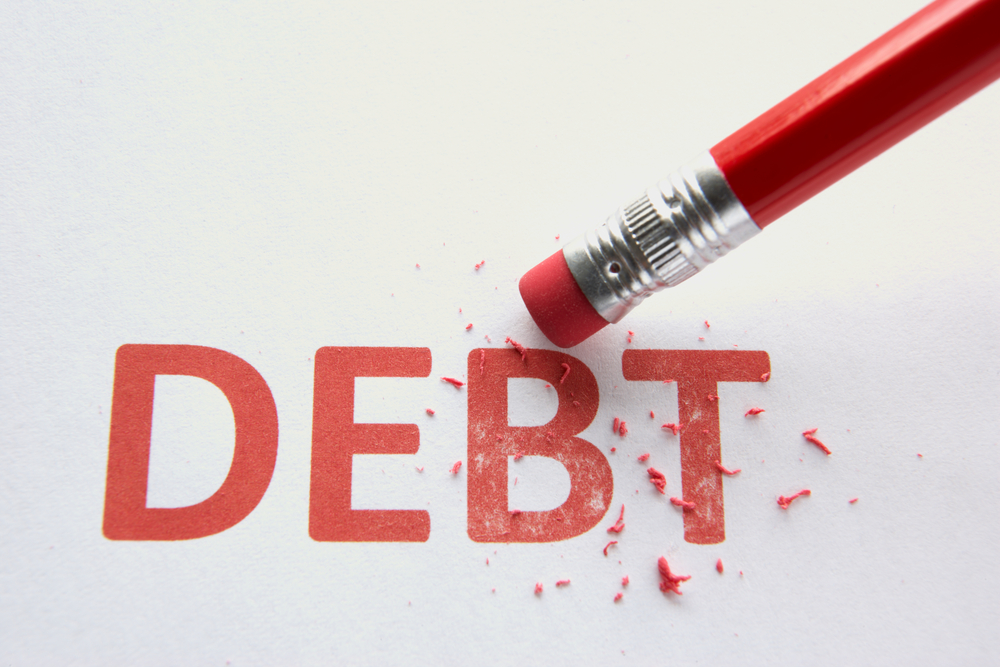Credit Cards & Loans
Buy now, pay later use hits all-time high

A third of adults have now used buy now, pay later (BNPL), with 4.1 million people using this type of credit for the first time in 2022, according to Equifax.
The credit reference agency found that use of BNPL hit an all-time high in the lead up to Christmas 2022, and it predicts that use will continue to increase in 2023.
BNPL is a payment deferral service offered by companies such as Klarna, Laybuy and ClearPay. It allows customers to spread the cost of retail purchases over a number of weeks or months, often with no additional interest.
Spreading the cost
The latest BNPL Barometer from Equifax analyses data from more than 23,000 people who hold current accounts, and 2,000 consumer interviews.
It found that one in eight (13%) people have used BNPL to pay for a meal or takeaway, and a similar number (12%) have used it to spread the cost of everyday consumables such as groceries or toiletries.
Klarna teamed up with food delivery service Deliveroo in October last year, in a move critics slammed as “irresponsible”.
The latest Equifax barometer study showed how the cost-of-living crisis and shifting shopping habits are influencing the use of high-cost short-term credit.
Debt problems
This type of borrowing has been criticised by financial experts for making it too easy to borrow money. Borrowers can run into debt problems if they have multiple BNPL agreements for different products or with different lenders.
The Equifax research found that one in three (34%) Brits have now used BNPL services, up from 26% in November 2021. This suggests that 4.1 million people chose to use the payment method for the first time in 2022.
Christmas shopping
December is traditionally the busiest month of the retail calendar, and despite a slower than usual Black Friday period for retail sales, Equifax’s study found that more than one in 10 (11%) people expected to use BNPL for their Christmas shopping, and a similar number (12%) said they would use it in the January sales.
In fact, 38% of this group said they would have struggled to afford Christmas without it.
Credit reporting
Jayadeep Nair, chief product and marketing officer at Equifax UK, said: “BNPL has become a pervasive part of the shopping experience. As with any form of credit, when shoppers use it responsibly it can be a great budgeting tool to help manage extra spending over the festive period.
“As BNPL is a form of credit, it now appears within consumer credit reports, which can be viewed by lenders. This may impact lending decisions, therefore BNPL should be used with this in mind.
“Shoppers do need to be wary of using BNPL to overstretch themselves especially if spending is being driven by wider social pressures.”
Who uses BNPL?
Equifax’s research indicated that those using BNPL the most over the festive period included young people aged 18 to 34 (23%), and households earning between £60,000 and £90,000 per year (27%).
This mirrors overall use of BNPL outside of the festive period, with more than half (55%) of 18 to 34-year-olds now saying they have used BNPL, and people in higher income households being far more likely to have used it than in the past.
Those of working age, earning a full-time income were more likely (15%) than those without it (12%) to use BNPL for Christmas shopping. This again parallels the overall use of BNPL across the year, which was at 34% and 42% respectively.
Fashion (41%) and electronics (32%) remain the most popular product categories among BNPL users, who typically have higher value baskets when using this payment method.
However, there are worrying indications that BNPL is increasingly being used for lower value everyday items, which could be a sign of irresponsible use.
One in eight (13%) shoppers have now used BNPL to pay for a meal or takeaway, and a similar number (12%) have used it to spread the cost of everyday consumables such as groceries or toiletries.
“There’s little in our research to suggest that BNPL does more harm than good for UK consumers, but with more than four million people using it for the first time this year, it’s important that new users are aware of the risks of mismanaging their repayments,” said Nair.
Nair added: “Almost half (48%) of users report missing at least one payment in the past, and half (47%) of this population reporting being hit with extra fees as a result. Consumers will find missed BNPL payments appearing in their credit reports next year, so it’s vital that anyone using it sees it as the credit product that it is.”